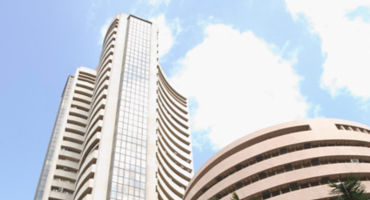Putting this approach into practice: two case studies
German defence company
This company has enjoyed a rapid expansion of its order book and free cash flow since 2022, helped by Germany’s decision to raise defence spending to over 2% of GDP after decades of underinvestment. Despite recent share price strength, we think its valuation remains attractive given the defence contractor’s quality characteristics, including strong organic revenue growth bolstered by both cyclical and secular tailwinds. We believe increased European military expenditures could be boosted by geopolitical instability.
UK consumer goods company
We see a path to further improvement in this company's rate of capital returns to shareholders under new management. The company has refocused away from value-destructive M&A to organic, mid-single-digit profit growth, which we think can drive margin and free cash-flow growth over the medium and long term. A dominant market position anchored by strong consumer brands supports stability, in our view, with additional upside to valuation from growth driven by pricing power and volume as well as increasing share buybacks.
What’s next?
Despite the rapid rise in volatility, we believe that equity markets continue to offer opportunities for growth-orientated active investors able to cut through the heightened noise and complexity. But we think that finding those opportunities today requires a different approach. Key, in our view, are both a strong fundamental research framework and the ability to dynamically combine global diversification with insights into how structural changes are reshaping economies, sectors and companies.
















Equity Market Outlook
Continue readingBy
Andrew Heiskell
Nicolas Wylenzek